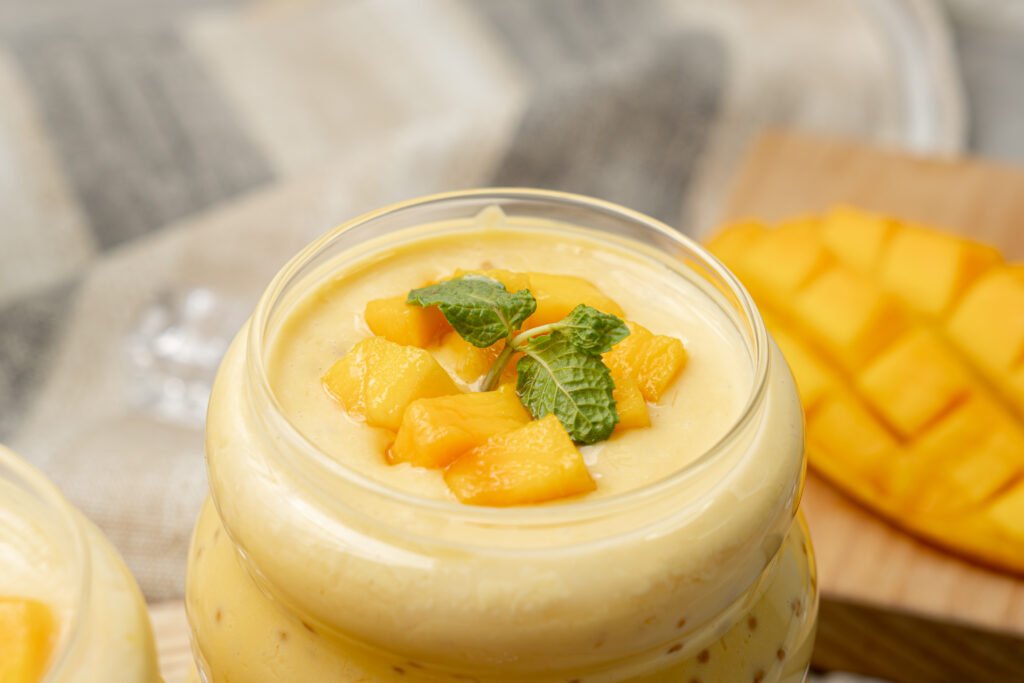
Creamy Mango Sago is one of the most loved desserts in the Philippines. It combines sweet mangoes, smooth cream, and chewy sago pearls to create a refreshing and satisfying treat. The rich, fruity flavor of ripe mango blends perfectly with the creamy texture, making it a favorite for both kids and adults. Easy to prepare and incredibly delicious, this dessert is perfect for cooling down on a hot day or celebrating special moments with family.
More than just a dessert, Creamy Mango Sago brings people together. Whether served at parties, family gatherings, or enjoyed as a comforting snack, it represents the warmth and hospitality of Filipino culture. Its simple ingredients make it accessible to everyone, yet its indulgent taste feels like a luxury. With every spoonful, it offers a delicious reminder of home, tradition, and the joy of sharing good food with loved ones.
Creamy Mango Sago and the Filipino Love for Mangoes
Mangoes are more than just a fruit in the Philippines—they are deeply ingrained in the country’s culinary identity. With mangoes ranking among the sweetest in the world, especially the beloved Carabao variety, they become the star ingredient in many Filipino desserts. Creamy Mango Sago elevates the fruit’s natural sweetness by blending it with rich cream and soft tapioca pearls, creating an indulgent yet refreshing treat. This dessert drink encapsulates the tropical essence of Filipino cuisine, offering a satisfying balance of sweetness, creaminess, and chewiness that makes it irresistible.
Its appeal goes beyond taste. The combination of mango and sago brings out nostalgic flavors tied to childhood memories, summer afternoons, and celebrations. The simplicity of the dish, paired with its luxuriously smooth texture, makes it a favorite among all age groups, proving that sometimes, the most effortless desserts hold the most cherished flavors.


The Cultural Evolution of Creamy Mango Sago
Creamy Mango Sago’s origins are linked to Chinese cuisine, but Filipinos have taken the dessert and transformed it into something uniquely their own. Traditionally, sago-based desserts are popular across Asia, with variations found in Hong Kong, Taiwan, and Vietnam. However, the Filipino version stands out because of its richer, creamier composition. Instead of using fresh milk or light coconut cream, Filipino Mango Sago is often made with evaporated and condensed milk, giving it a thicker, more decadent consistency.
This adaptation highlights the Filipino love for comforting, indulgent desserts that remain simple to prepare while maximizing flavor. Over the years, Mango Sago has solidified its place in local dessert menus, street food stalls, and family kitchens, becoming a well-loved treat that embodies the country’s passion for creamy, tropical sweets.
Exciting Variations of Creamy Mango Sago
Filipinos are known for putting creative twists on traditional dishes, and Creamy Mango Sago is no exception. While the classic version remains popular, several innovations have emerged, allowing for personalization based on preference and available ingredients. Coconut Mango Sago replaces evaporated milk with coconut milk, lending a nutty fragrance and a slightly lighter finish. Ube Mango Sago takes an unconventional yet delightful turn by incorporating ube, the Philippines’ famous purple yam, adding earthy sweetness and a vibrant contrast in color.
Some even take it further, turning Mango Sago into a frozen treat by serving it semifreddo-style or blending it with crushed ice for a smoothie-like experience. Whether traditional or experimental, these variations prove that Mango Sago is endlessly adaptable while still delivering the signature creaminess and tropical richness that make it a Filipino favorite.

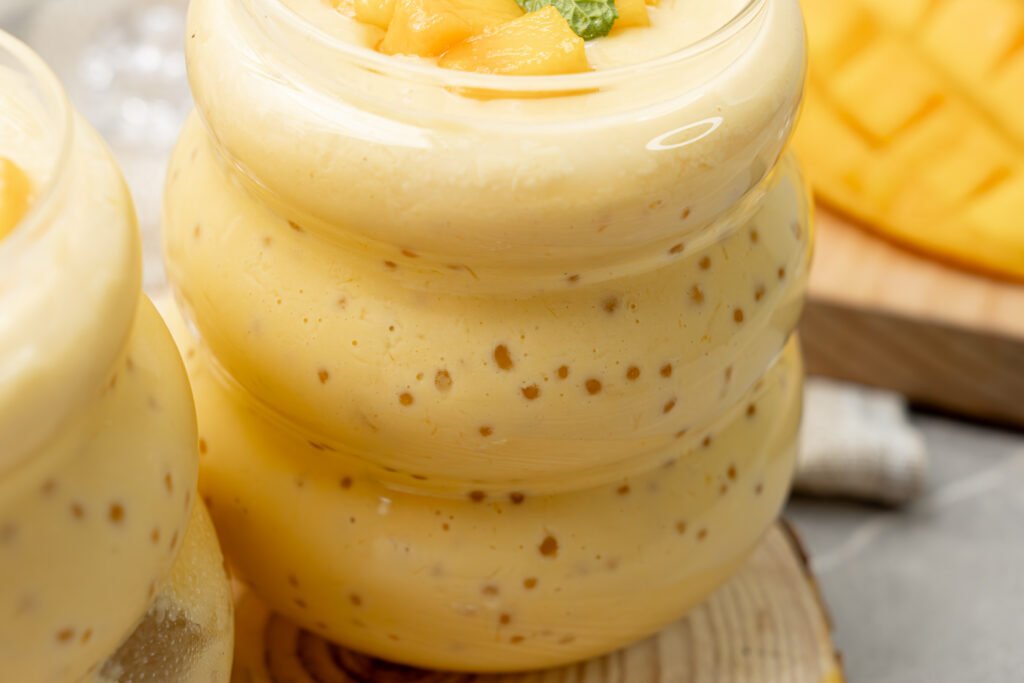
The Simplicity Behind Creamy Mango Sago’s Popularity
One of the reasons Creamy Mango Sago remains a favorite in the Philippines is its effortless preparation. With only a handful of ingredients, it transforms simple elements into a luxurious and satisfying dessert. Unlike more complex sweets that require baking or intricate techniques, this dish relies on fresh mangoes, cream, and sago pearls, making it accessible and convenient for home cooks and street vendors alike. The ease of preparation ensures that it remains a go-to indulgence, perfect for any occasion.
The Refreshing Contrast of Creamy Mango Sago
What makes Creamy Mango Sago truly unique is the contrast of textures and temperatures. The cool, creamy mango base complements the slight chewiness of sago pearls, creating a delightful sensory experience in every spoonful. The addition of ice enhances its refreshing qualities, making it ideal for tropical climates where people seek hydrating and cooling desserts. Whether served in a chilled glass or enjoyed as a semifreddo-style treat, its versatility ensures that there’s always a version to suit every preference.
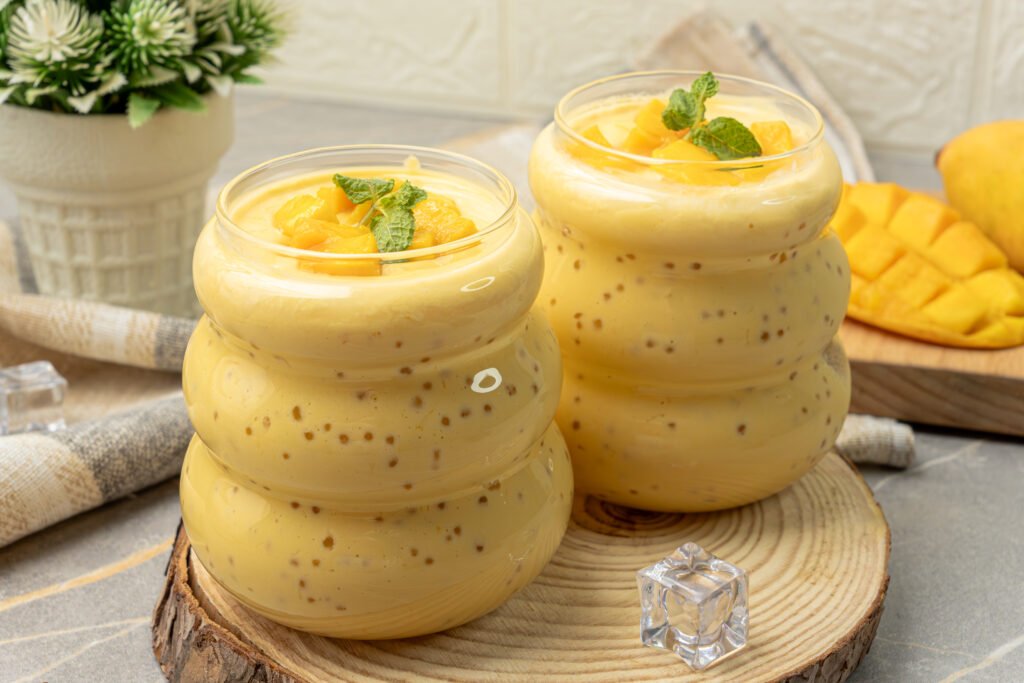
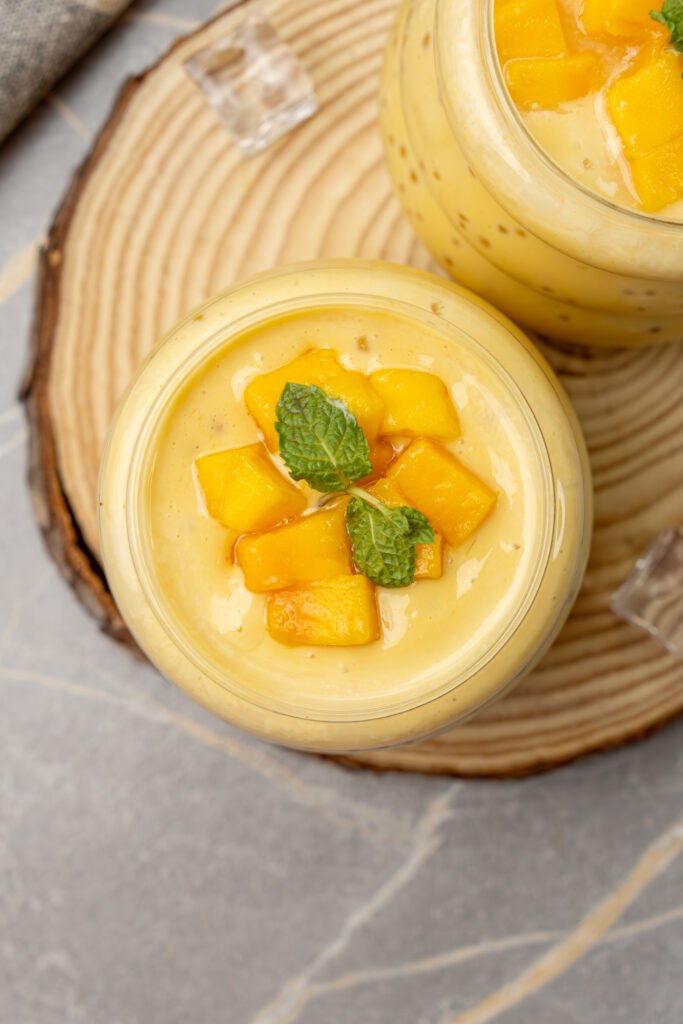
Mango Drink Varieties
Mango Shake – A classic Filipino drink made with ripe mangoes, milk, and ice, blended until smooth and creamy. Often topped with whipped cream or a drizzle of condensed milk for extra indulgence.
Mango Bubble Tea – A tropical twist on the popular bubble tea, blending mango with milk or tea and adding chewy tapioca pearls for texture. Variations include mango green tea or mango milk tea.
Mango Calamansi Juice – A citrusy mango drink that combines the sweetness of mangoes with the tangy kick of calamansi, the Filipino lime. Served chilled, it’s a refreshing balance of sweet and sour flavors.
Mango Coconut Smoothie – A tropical blend of mangoes and coconut milk, creating a creamy, dairy-free drink with a naturally sweet and nutty flavor. Often garnished with shredded coconut or chia seeds.
Mango Yakult Drink – A probiotic-rich drink that mixes mango purée with Yakult, a popular fermented milk beverage. The result is a tangy-sweet, creamy drink that’s both delicious and gut-friendly.
Mango Soda – A fizzy mango drink made by mixing mango syrup or purée with sparkling water, creating a light and refreshing beverage with a bubbly texture.
Mango Gin Cocktail – A tropical cocktail featuring mango purée, gin, and citrus juice, often garnished with fresh mint or a slice of lime. A popular choice for summer gatherings and celebrations.
Exploring Different Fruit Sago Varieties
While Creamy Mango Sago is one of the most well-loved versions, Filipinos have embraced the versatility of sago by incorporating different fruits into their dessert creations. These variations offer unique flavor profiles while maintaining the signature creaminess and chewy texture that make sago-based desserts so satisfying.
Some delicious alternatives include:
Melon Sago – Fresh cantaloupe or honeydew adds a light, fragrant sweetness that pairs beautifully with milk and cream. This version is especially popular during the summer for its refreshing qualities.
Strawberry Sago – A delightful mix of tangy strawberries and creamy milk results in a vibrant, fruity dessert with a slightly tart contrast. This is often enjoyed as a chilled or blended treat.
Pineapple Sago – The bright acidity of pineapple enhances the richness of the cream, creating a tropical, citrus-infused twist that’s both sweet and refreshing.
Avocado Sago – This version is particularly indulgent, as avocado’s creamy texture blends seamlessly with milk and sago, offering a smooth and buttery taste.
Lychee Sago – Floral and aromatic, lychee lends a delicate sweetness that pairs beautifully with coconut milk, making for an exotic and refreshing treat.
Papaya Sago – A less common but equally delicious variation, papaya’s mild, slightly earthy sweetness complements the creaminess of milk and enhances the dessert’s smooth texture.

Final Thoughts
Creamy Mango Sago is more than just a dessert it’s a comforting, tropical delight that embodies the rich flavors and hospitality of Filipino cuisine. Its smooth, fruity base combined with chewy sago pearls makes it both refreshing and indulgent, a perfect balance that has kept it popular across generations. Whether served at family gatherings, enjoyed as a cooling treat on a warm day, or adapted into creative variations, this dessert remains a timeless favorite.
As Filipino food culture continues to evolve, Creamy Mango Sago stands as a symbol of tradition and innovation, showcasing the beauty of simple ingredients transformed into something truly special. Whether sticking to the classic recipe or experimenting with new flavors, one thing remains certain—this dessert will always be a beloved staple that brings joy and togetherness with every spoonful.
Give it a try and let me know how you like it! I’d love to hear your thoughts and any variations you come up with. Happy cooking!




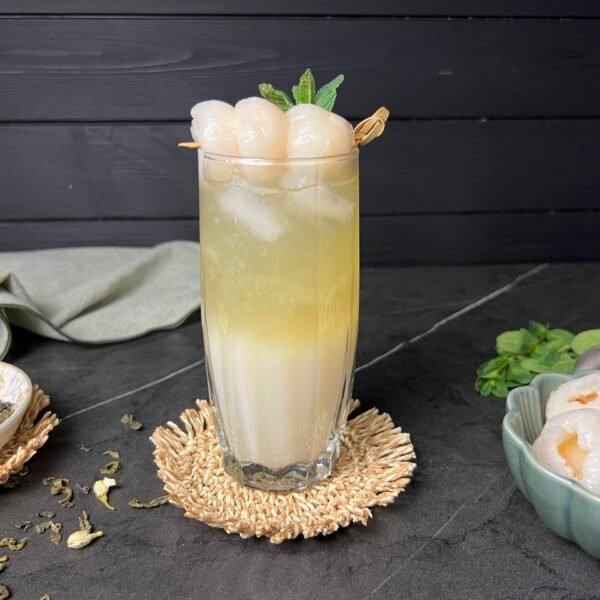
Leave a Reply